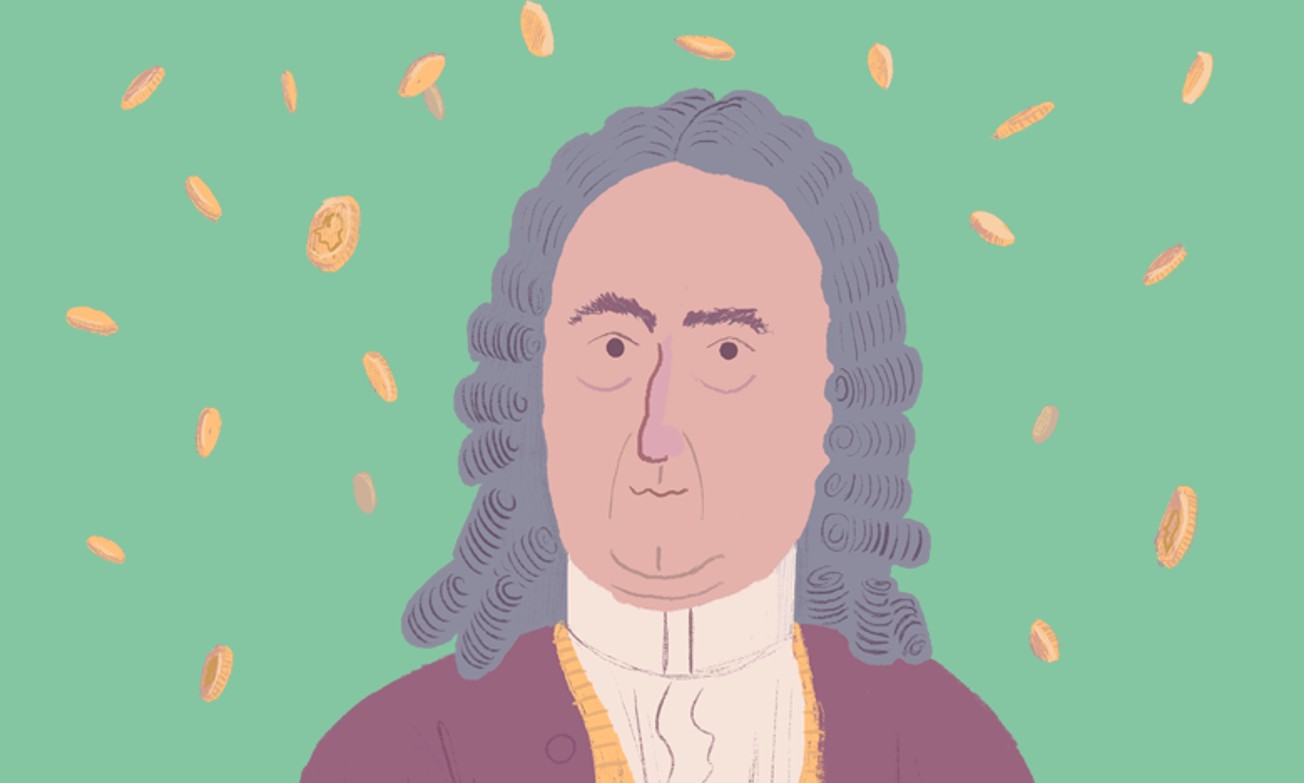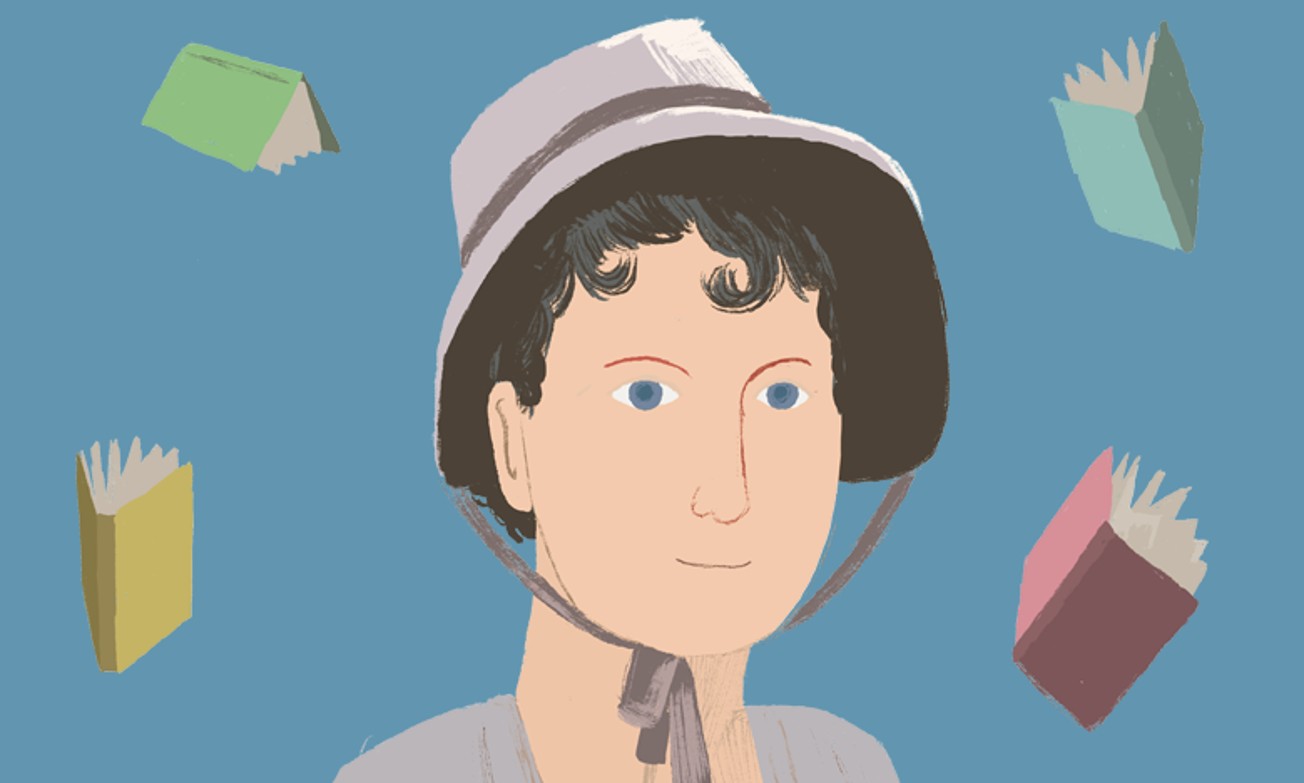- Where To Stay
- Hotels in Bath
- Spa Hotels
- Guesthouses & Bed and Breakfasts
- Pubs with Rooms
- Self-Catering
- Youth Hostels & Budget Accommodation
- Camping & Glamping
- Family-Friendly Places To Stay
- Accessible Places To Stay
- Dog-Friendly Places To Stay
- Romantic Places To Stay
- Group-Friendly Places To Stay
- Special Offers
- Where to Stay Blogs
- Things To Do
- What's On
- Food and Drink
- Restaurants
- Afternoon Tea
- Cafes & Tearooms
- Breweries, Distilleries & Vineyards
- Pubs & Gastropubs
- Bars & Cocktail Bars
- Food and Drink by Interest
- Sunday Lunch
- Vegetarian & Vegan
- Food Markets & Events
- Food Shops, Bakeries & Delis
- Cookery Schools
- Breweries & Craft Beer
- Food & Drink Tours
- Local Specialities & Produce
- Outdoor Dining
- Takeaway & Food Delivery Services
- Private Dining
- Special Offers
- Shopping
- Plan Your Visit
- Inspire Me
- Blog
- Sign Up to Newsletter
Search & Plan Your Trip
My Planner
There isn't anything in your planner. Please have a browse through the site and add the things you're interested in.
Already saved an Itinerary?
You are here: Inspire Me > About Bath > Famous People from Bath
-
Stay
-
What's On
-
Things to Do
-
Food & Drink
-
Shopping
Bath is, without a doubt, remarkable. With an impressive Roman legacy and stunning Georgian architecture, it’s no wonder the entire city is a World Heritage Site.
However, look beneath the surface of Bath’s well-known history and you’ll find little-known stories waiting to be told.
Ever since its legendary beginnings, Bath has been home to a cast of colourful characters; from Anglo-Saxon royalty to an eighteenth-century dandy, these extraordinary historical figures each helped shape the city into what it is today...
 King Bladud – c.850 BC
King Bladud – c.850 BC
Legend has it that Bath was founded by King Bladud in c.850 BC who, after contracting leprosy in Athens, returned home to England only to be imprisoned. Bladud made a great escape and went into hiding, finding work as a swineherd in Swainswick, about two miles from Bath, where he often took his herd across the River Avon in search of acorns.
On noticing that the pigs cleaned their blemished skin when they bathed in the hot springs, Bladud decided to roll around in the volcanic mud himself, and miraculously cured his leprosy!
He was then able to take his rightful place as King, and founded the city of Bath, building a temple to Sul (the local Celtic goddess of the springs) as thanks for healing him.
Bladud’s life unfortunately came to a tragic end when he summoned the spirits of the dead to construct wings, but fell to his death when he crashed into a wall.
 Minerva – c.40 AD
Minerva – c.40 AD
Bath, or 'Aquae Sulis' as it was then known, is renowned for its Roman heritage, and the goddess Minerva was at the heart of the city’s culture.
When the Roman Baths Temple was built in c.70 AD, it was dedicated to Minerva, goddess of wisdom, healing and the arts, whose sacred animal was an owl. The temple also honoured the local Celtic goddess Sul, who the Romans combined with their image of Minerva to create Sulis Minerva - Bath’s very own deity.
Over 6000 coins were thrown into the Baths as offerings to Sulis Minerva, as well as inscribed tablets with requests to the goddess, including curses on their enemies. One disgruntled victim of robbery wrote, "to Minerva the goddess of Sulis I have given the thief who has stolen my hooded cloak, whether slave or free, whether man or woman. He is not to buy back this gift unless with his own blood".
 King Edgar – c.943–975
King Edgar – c.943–975
Bath also has royal connections dating back to the Anglo Saxons. The first King of England, King Edgar, was crowned at Bath Abbey in 973.
Even though Edgar became King in 959, his coronation took place in 973 to commemorate the end of his reign. The service itself was the first to be described in detail in the annals of English history, and was instrumental in providing the basis for all future coronations of English monarchs to this day, including Elizabeth II.
Known as Edgar the Peaceful, he maintained the peace established by earlier kings of the House of Wessex until he died in 975.
 Beau Nash – 1674–1761
Beau Nash – 1674–1761
No one embodies Bath’s fashionable side more than Beau Nash. A celebrated dandy and leader of fashion in the eighteenth century, Beau Nash was the Master of Ceremonies in Bath from 1704 until his death.
Beau was notoriously naughty, with a string of mistresses and a gambling habit that left him in significant debt. He lived near what is now the Theatre Royal, but his money troubles forced him to move in with his mistress Juliana Papjoy, who was so distraught when he died in 1761 that she lived the rest of her life in a hollowed-out tree!
Beau Nash was highly influential in Bath, and played an important role in breaking down the rigid social barriers between the nobility and middle-classes. Many were moved by his death, and he was held an elaborate funeral to match his extravagant life, before being buried in the nave of Bath Abbey.
 Ralph Allen – 1693–1764
Ralph Allen – 1693–1764
As you wander around Bath, you will spot several streets and a school named after Ralph Allen, an entrepreneur and philanthropist who is renowned for his reforms to the British postal system.
Ralph Allen became postmaster in Bath at the age of 19, and went on to work with the General Post Office to reform the postal service with great success. On noticing that profit was being lost from undeclared mail, he introduced a signed-for system to solve the issue, and improved efficiency by stopping mail going via London. It is estimated that he saved the Post Office £1,500,000 over a 40-year period!
Using his profits from the Post Office, he bought local stone mines, and commissioned Prior Park to be built. He also worked with the architect John Wood the Elder to develop much of the Georgian city using the famous Bath stone.
 John Wood the Elder and Younger – 1704–1782
John Wood the Elder and Younger – 1704–1782
Architects John Wood the Elder and Younger were instrumental in designing the way Georgian Bath looked, and still does to this day.
The son of a local builder, John the Elder had grand ambitions for Bath, combining his passion for Palladianism and ancient history to restore the city to its Roman glory. When he died in 1754, he passed his legacy onto his son, John Wood the Younger, who continued his work but pioneered his own style, which was less detailed than his father’s.
Between them they constructed Bath’s most famous landmarks during the eighteenth century, including Queen Square, Prior Park, the Circus, the Royal Crescent and the Assembly Rooms. Their extraordinary work played an important part in Bath being a World Heritage Site today.
 William and Caroline Herschel – 1738–1848
William and Caroline Herschel – 1738–1848
Bath was home to pioneering eighteenth-century astronomers. William Herschel moved from Hanover to Bath in 1766 with the ambition of becoming a professional musician, and his youngest sister Caroline later joined him to help run the household.
Whilst living in 19 New King Street, now the Herschel Museum of Astronomy, they developed a passion for astronomy and turned nearly every room into a workshop for constructing telescopes. He became famous overnight for discovering Uranus and in 1782, George III was so impressed with his work that he awarded him the title of King’s Astronomer.
Caroline was known as William’s astronomical assistant, but she gained a reputation in her own right by discovering eight comets. She was only 4’3” after contracting smallpox and typhus as a child, which stunted her growth. She may have been small, but she was most certainly mighty and lived to the ripe old age of 97.
 Jane Austen – 1775–1817
Jane Austen – 1775–1817
One of Bath’s most famous residents, Jane Austen, lived in the city for five years. When her father retired as rector from Steventon in 1800, Jane moved to Bath with her family and found lodgings at 4 Sydney Place. Living opposite Sydney Gardens, Jane attended glamorous society events such as galas and firework displays as well as balls and tea dances at The Assembly Rooms.
Her time in Bath wasn’t very productive and some argue she didn’t enjoy her time in the city. Her stay certainly ended on a sour note when her father died, leaving the Austen women in financial troubles which forced them to live in unpleasant lodgings, until they moved back to Hampshire.
Whether Jane was a fan of Bath or not, the time she spent in the city greatly inspired her writing and provided a vibrant setting for two of her six published novels, Northanger Abbey and Persuasion.
Bath's famous residents
Discover the peculiar tale of Bath's legendary beginnings, featuring a diseased prince, a herd of pigs and a mysterious hot mineral spring.
- Think you know all there is to know about Bath? Here are 15 little-known facts about the city...
Heading to Bath for a two-day trip? Make sure you tick these city highlights off your list.
From an ancient bell tower to Georgian pleasure gardens, here are some of the best viewpoints in Bath.
- Bath is an elegant city full of traditional heritage, contemporary culture, green spaces, and a few surprises. From its historic origins to the colourful characters that brought the city to life, there’s a lot more to Bath than meets the eye.
Show us what you're getting up to in Bath by tagging your photos and videos with #VisitBath on Instagram!
Keep in touch
Follow Visit Bath on all your favourite social media platforms for updates and inspiration.








